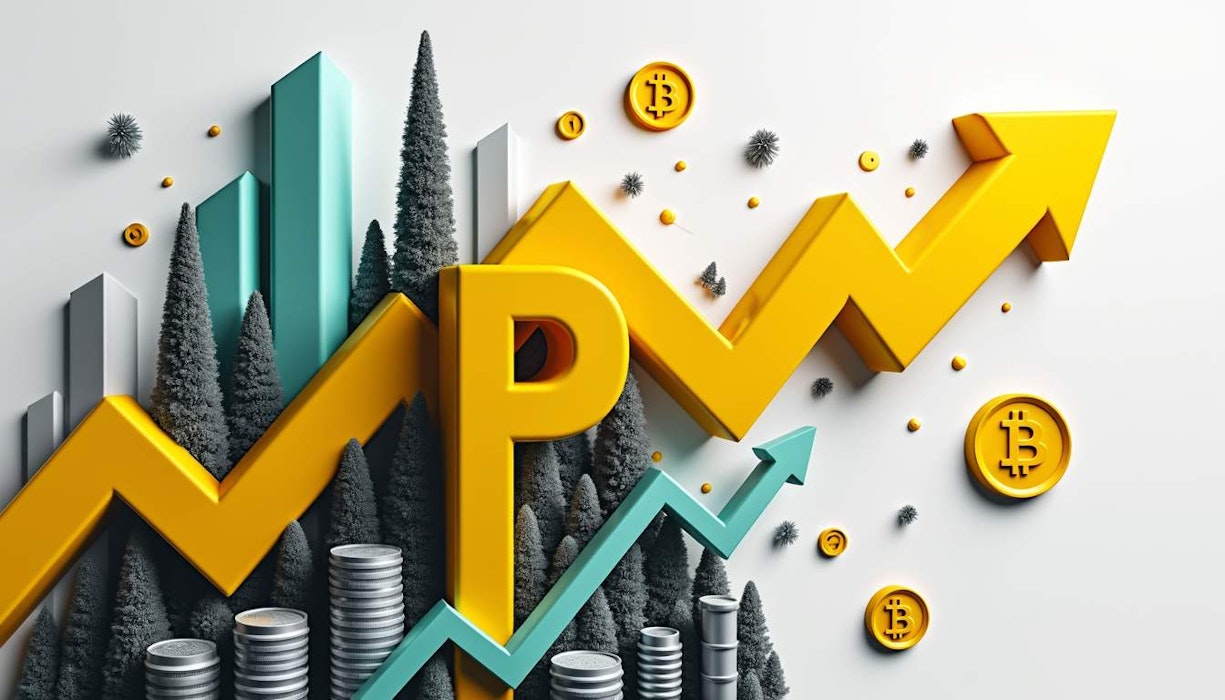In a market known for its wild swings, Pendle (PENDLE) is making waves with a remarkable price increase. Currently sitting above $4.7, it’s hitting a crucial resistance point that has turned back the bulls twice before. This article explores the factors behind PENDLE's rise, including historical resistance levels and potential regulatory hurdles facing new crypto trading platforms.
The Current State of Pendle
Today, PENDLE is up 12.5%, and crypto analyst Defi_Mochi thinks it could reach $20 by year-end—a potential 4x from here. But what makes this digital currency trading platform so special?
Pendle has established itself as a key player in yield trading across various ecosystems. With over $500 million in Total Value Locked (TVL) in BTCfi and nearly $2.5 billion across all chains, it’s hard to ignore its influence.
Historical Resistance Levels: Friend or Foe?
Historical resistance levels can be a double-edged sword for traders. On one hand, they offer insight into where prices might stall; on the other hand, they can serve as launching pads for further upward movement if broken convincingly.
The Role of Psychological Levels
These resistance points often align with psychological price levels—think round numbers like $10K for Bitcoin—where selling pressure tends to mount. When approaching such levels, traders often adjust their strategies based on collective market sentiment.
Technical Analysis and Trading Strategies
Technical analysis heavily relies on these historical levels to forecast future price actions. If a cryptocurrency fails to break through a significant resistance level, it may signal an impending reversal or consolidation phase.
Support Becomes Resistance
Interestingly, when a resistance level is eventually breached, it often flips into a support level—and vice versa. This dynamic creates additional layers of complexity for traders trying to navigate the turbulent waters of crypto markets.
Regulatory Challenges Facing New Crypto Trading Platforms
Pendle V3 faces an array of regulatory uncertainties that could impact its operations significantly. The crux of the issue lies in whether cryptocurrencies are classified as securities under existing laws—a classification that would subject them to stringent registration requirements.
SEC Scrutiny
The U.S. Securities and Exchange Commission (SEC) seems intent on classifying many crypto offerings as securities sales, which would necessitate compliance with an entire suite of regulations designed for traditional financial entities.
Decentralization vs Centralization Dilemma
Adding another layer of confusion is the ongoing debate about decentralization versus centralization in crypto platforms. While some platforms may operate under the assumption that their decentralized nature exempts them from certain regulations, clarity on this matter remains elusive.
Consumer Protection Concerns
Centralized exchanges are particularly vulnerable under current scrutiny due to their opacity regarding operational practices and fund management—issues regulators are keen to address post-FTX collapse.
Summary: Is Pendle Poised for Continued Success?
Pendle's strategic partnerships and robust market positioning suggest it may weather these regulatory storms better than most. As large players like Coinbase and Kraken—who have navigated similar challenges—continue to grow, smaller platforms might find themselves squeezed out if they fail to adapt.
So while there are risks ahead for Pendle V3 and other new crypto trading platforms, there's also considerable upside if they manage to establish themselves before any potential crackdown occurs.
